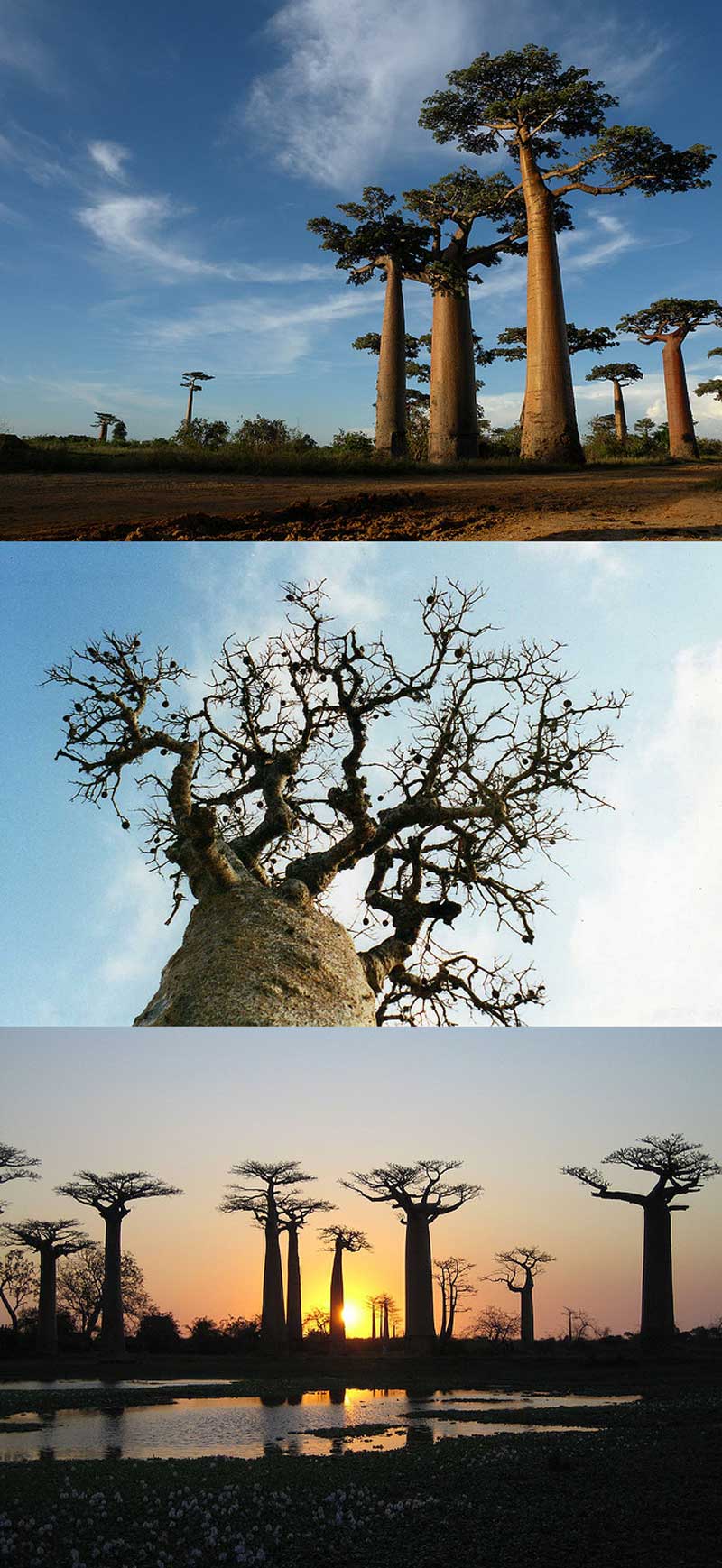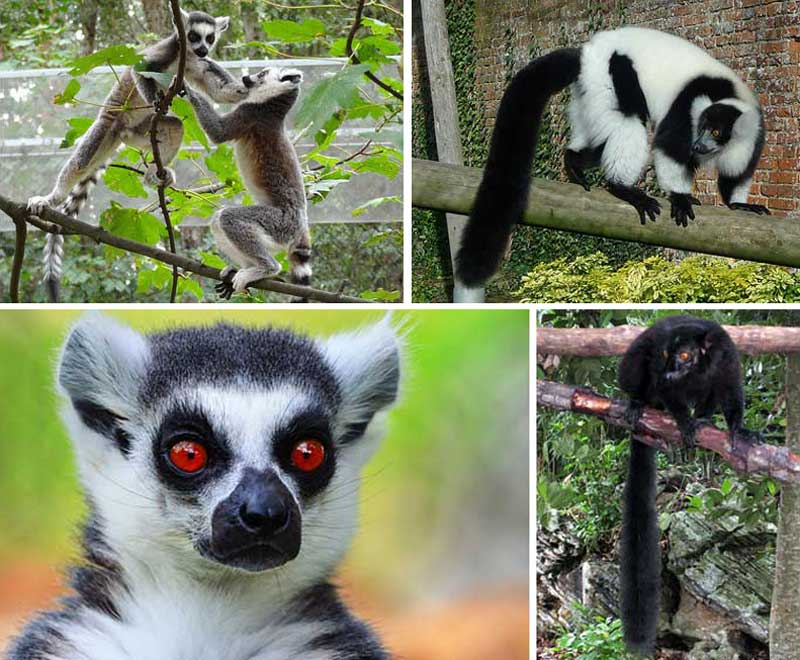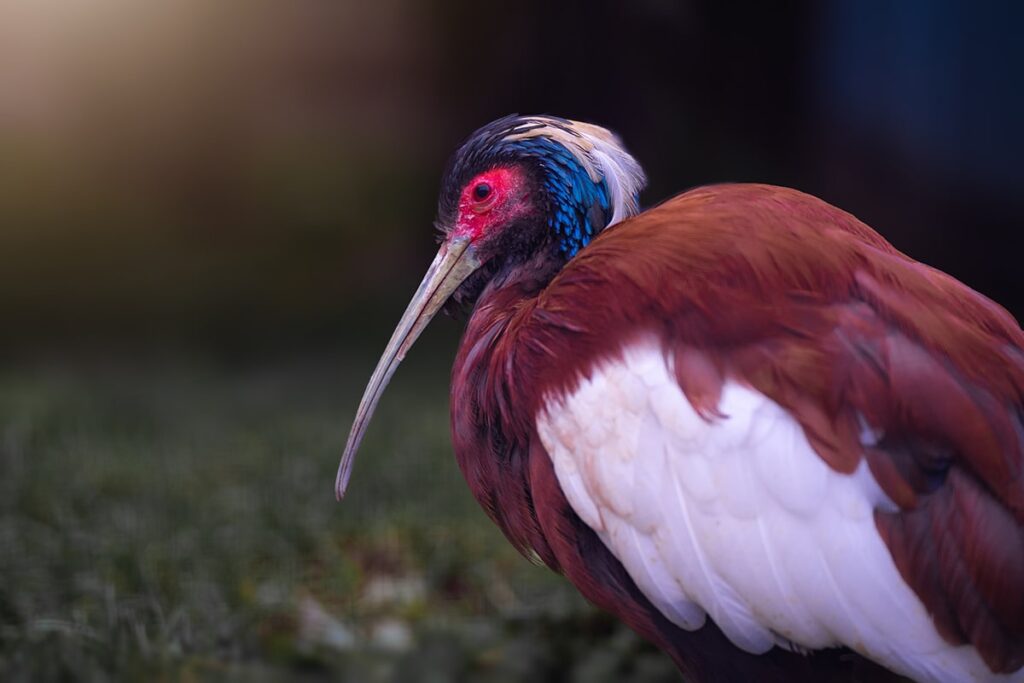1. Name: The official name of Madagascar is the ‘Republic of Madagascar’. In the period 1975 – 1993 the country was called ‘Democratic Republic of Madagascar’
2. Size: At 587,041 km2, Madagascar is the world’s fourth largest island. Scientists believe that Madagascar separated from the African continent approximately 160 million years ago
3. Weather and climate: The combination of southeast trade winds and northern monsoons creates a warm rainy season from November to April. In May – October, the weather is generally cooler and drier
4. Cyclones: During the rainy season from November to April, destructive cyclones often occur. In 2004, Madagascar was hit by the worst recorded cyclone ever; 172 people lost their lives, 214,260 were left homeless and the damage amounted to more than USD 250 million.
5. Unique life: Because Madagascar has been separated from Africa for so long, many new animal and plant species have evolved here. Around 80% of the animals in Madagascar do not exist anywhere else on Earth. Many of the unique animal species in Madagascar are endangered because humans have destroyed over 90% of their natural habitats

Fact: There are 9 species of baobab trees in the world: 6 in Madagascar, 2 in Africa and the Arabian Peninsula and 1 in Australia
6. Lemurs: There are approximately 50 different species of lemur, all of which live in Madagascar and a few surrounding islands. Lemurs are considered some of Madagascar’s most unique animals. Lemurs are scientifically classified as follows: Order = Primates > Suborder = Semi-monkeys > Infraorder = Lemuriformes
7. Languages: Malagasy and French are the two official languages of Madagascar. In addition, English is also spoken. Linguistically, Malagasy belongs to the Austronesian language family. It is related to the Malayo-Polynesian languages of Indonesia, Malaysia and the Philippines.
8. Early history: Humans arrived in Madagascar around 2,500 years ago, making the island one of the last major landmasses on Earth to be settled by humans. The first humans came from southern Borneo in outrigger canoes and numbered between 60 and 200 individuals. These people encountered Madagascar’s megafauna, which included elephant birds, giant fossae and giant lemurs. Around 600 AD, these settlers began cutting down the forests around the island’s central highlands
9. Later history: Between 600 and 800 AD, a group of Arabs arrived in Madagascar and around 1000 AD a Bantu-speaking group from southeast Africa arrived. Around 1500, the first Europeans arrived on the island. The Betsileo, Imerina and Sakalava became the dominant tribes on the island until the early 1800s, when the Malagasy Radama I was recognized (by a European country) as the first king of Madagascar
10. Today: France invaded Madagascar in 1883 and the island remained under French rule until 1959, when the country received its own constitution. Today, Madagascar is a semi-presidential multi-party representative democratic republic and one of the poorest countries in the world

Lemurs are considered some of the most unique animals in Madagascar. Lemurs are semi-monkeys and thus closely related to sloths, fingered animals and indrians





